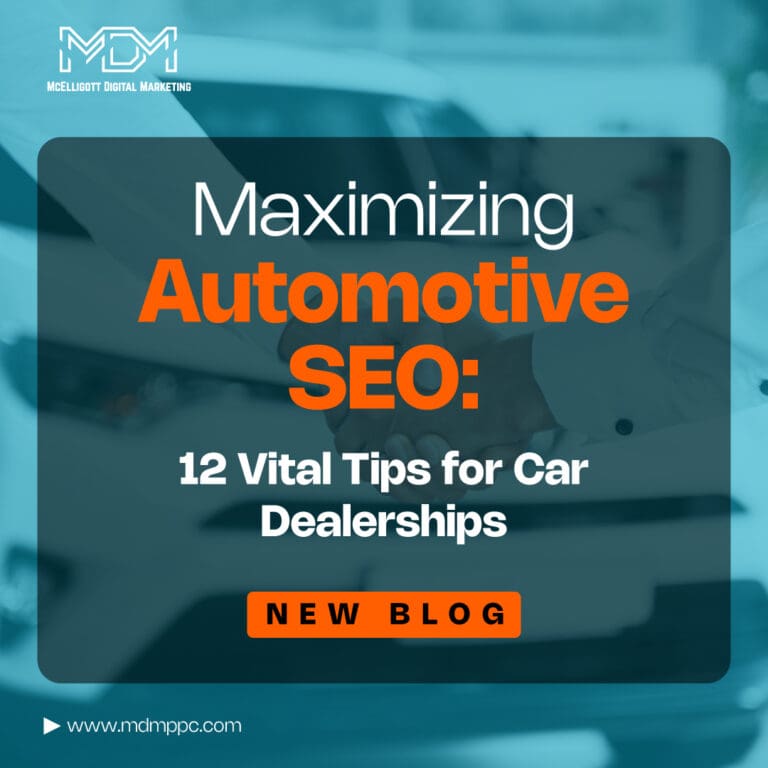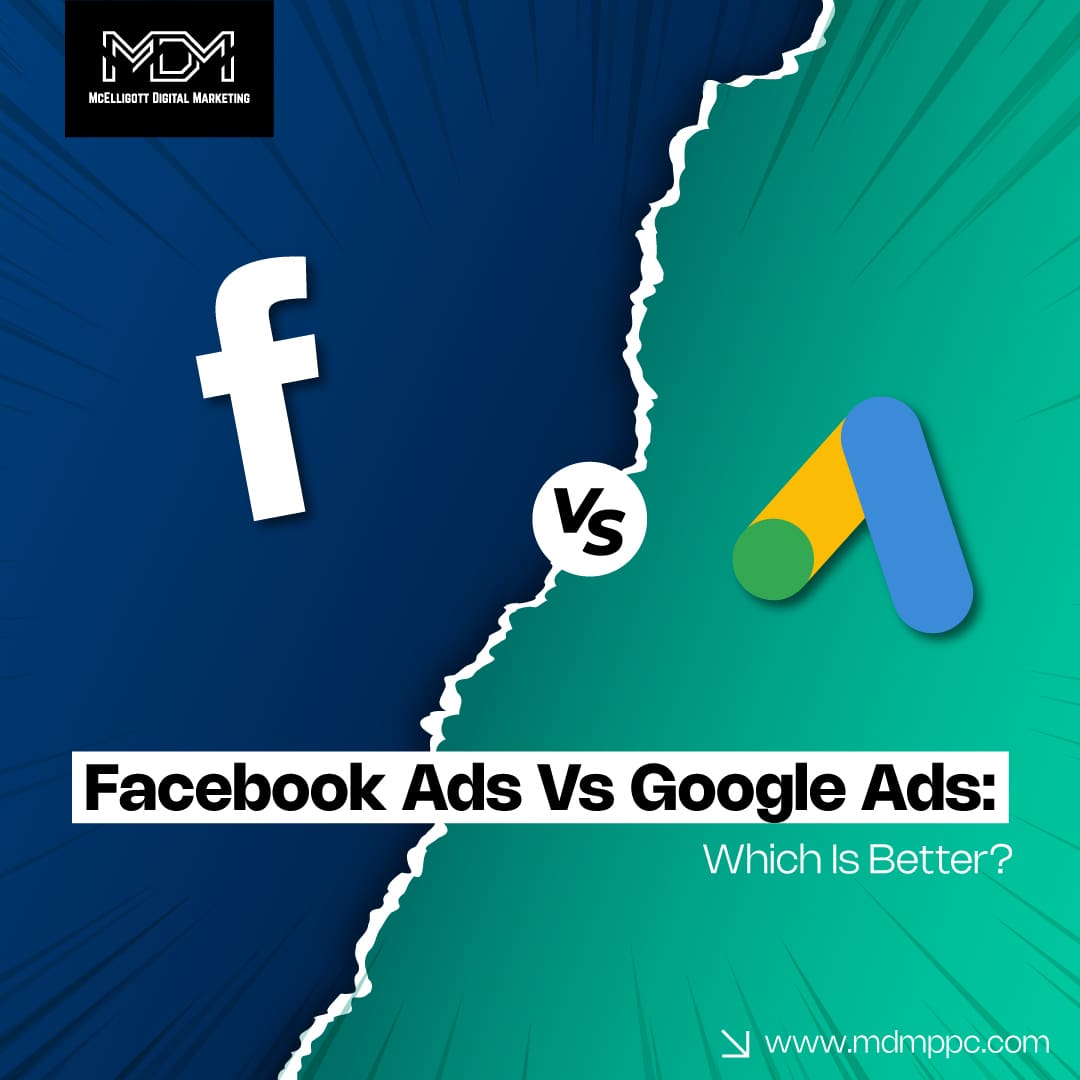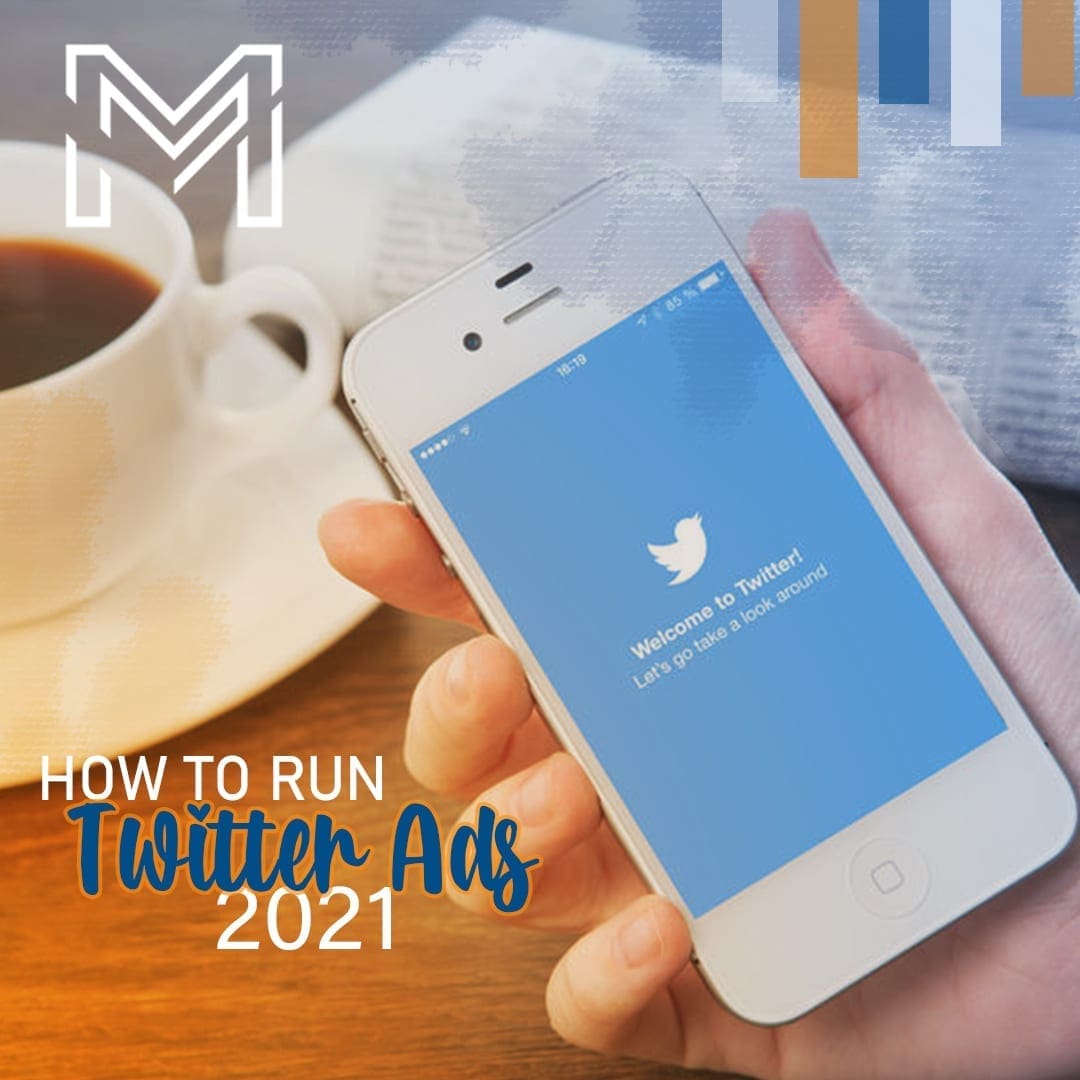Not long back, car dealerships relied on local newspapers and flashy TV commercials to lure in potential buyers. But those days are over.
Nowadays, the journey to that shiny new car begins in the virtual realm, where car enthusiasts scour websites like EveryCarListed.com and TrueCar.
They rigorously compare dealerships, pricing, and pore over online reviews, all before even thinking about dialing a dealership’s number, filling out a web form, or setting foot inside those showroom doors.
It’s high time car dealerships adapt their marketing game to keep pace.
Your online presence and your standing in the local community can yield more fruitful results than any flashy TV placement ever could.
In this blog topic, we will discuss automotive SEO and the best tips on car dealers SEO.
What is automotive SEO?
Automotive SEO, the driving force behind successful car dealership websites, is all about steering your online presence to the top of search engine results.
Imagine keywords as the road signs on the digital highway – they guide potential car buyers to your website.
By researching and using the right keywords, like “Car dealership in Missouri,” you’re more likely to be found by people seeking your services.
If you’re a Chevrolet dealer, offering informative pages on the latest Chevy models, maintenance tips, and engaging articles like “The History of the Chevy Camaro” not only keeps visitors interested but also tells search engines your website is a valuable resource.
Metadata serves as your website’s first impression, much like a movie trailer. Your title and description on the search engine results page need to be inviting and accurate.
Technical SEO ensures your website’s engine runs smoothly, on-page SEO enhances the user experience, and off-page SEO builds your site’s reputation, functioning as a trio of SEO Musketeers.
And remember, SEO is a continuous process – ongoing adjustments and improvements keep your site in top gear.
You can think of Automotive SEO as fine-tuning your website’s engine to race to the top of search results. It is to ensure that when potential buyers are on the hunt for their dream car, your dealership is the one they find first, leading them straight to your showroom.
12 SEO tips for car dealerships
1. Keyword research is key
Keyword research is the foundation of your SEO strategy.
Identify and target the keywords your potential customers are using when searching for cars or services in your area. You can use tools like Google Keyword Planner to find relevant keywords.
For example, if you’re a Ford dealership in Miami, focus on keywords like “Miami Ford dealership,” “new Ford vehicles in Miami,” or “best Ford service in Miami.”
To optimize your online presence, you need to understand the various types of keywords and how to use them effectively.
Types of keywords
Broad keywords– These are general and often short keywords that cover a wide range of topics.
For instance, “cars for sale” is a broad keyword. While these keywords can bring in a lot of traffic, they may not be highly targeted and could attract users who are not specifically interested in your offerings.
Long-tail keywords– Long-tail keywords are more specific and usually consist of three or more words.
They cater to users with a clear intent and often indicate they are further along in the buying process. Examples include “used Toyota Corolla 2020 price” or “certified Ford dealers near me.”
Targeting long-tail keywords helps you reach potential customers who are closer to making a purchase.
Local keywords– Local keywords are crucial if your dealership serves a specific geographic area. They include location-based phrases like “Los Angeles Ford dealership” or “Ford dealer in Miami.”
Local keywords help you attract potential customers in your area and improve your visibility in local search results.
Transactional keywords– These keywords signify user intent to make a purchase or take a specific action. For car dealerships, transactional keywords could include “buy Ford Explorer near me” or “schedule Ford service online.”
Focusing on transactional keywords helps you target users ready to make a move.
Negative keywords in automotive SEO
Negative keywords are words or phrases for which you don’t want your ads or content to appear in search results.
Using negative keywords helps you filter out irrelevant traffic and focus your efforts on the right audience.
To avoid attracting job seekers when you’re looking for car buyers, you could add “jobs” or “employment” as negative keywords.
If your dealership doesn’t offer financing, you might add “financing” as a negative keyword to avoid attracting users seeking financing options.
2. Optimize your website
A well-optimized website is crucial for both user experience and search engine ranking.
Ensure your website is fast-loading, easy to navigate, and responsive on mobile devices. Think of your website as your digital showroom – it should be clean, organized, and visually appealing.
A cluttered and slow website can deter potential customers and harm your SEO efforts.
3. Create quality content on your website
Quality content is not just about keywords. It’s about providing value to your visitors.
Write engaging blog posts, showcase vehicle features, and offer practical information about car maintenance.
For instance, creating a blog post like “Top 10 Fuel-Efficient Cars for Family” not only attracts potential buyers but also positions your dealership as an authority in the automotive industry.
4. Optimize Local SEO
Local SEO is essential for attracting customers to your physical location.
Make sure your business information, including name, address, and phone number, is consistent across all online platforms.
Claim and optimize your Google My Business listing, which helps you appear in local search results and on Google Maps when people search for car dealerships in your area.
5. Secure your website
Website security is crucial for building trust with your visitors.
Just as you lock your car when not in use, secure your website with an SSL certificate. When visitors see the padlock icon in their browser, it assures them that their data is safe and that your website is legitimate.
6. Encourage customer reviews
Customer reviews have a significant impact on both your reputation and SEO.
Connect with your satisfied customers so that they leave positive reviews on platforms like Google, Yelp, and other review sites.
These reviews influence potential buyers and can improve your search engine rankings. Positive reviews act as social proof that your dealership is trustworthy.
7. Leverage social media
Social media is an excellent way to engage with your audience and showcase your inventory.
Use platforms like Facebook, Instagram, and Twitter to post updates on new arrivals, special promotions, customer testimonials, and valuable content.
Social media engagement can also drive traffic to your website, which positively impacts SEO.
8. Mobile Optimization is a must
In the era of mobile-first browsing, your website must be optimized for smartphones and tablets.
Many potential buyers use their mobile devices to search for cars, and a mobile-friendly website ensures a seamless user experience.
Google also gives preference to mobile-optimized websites in search results, so it’s essential for your SEO efforts.
9. Develop content around long-tail keywords
Long-tail keywords are specific search terms that often indicate higher purchase intent.
For example, “Used Honda Civic under $10,000 in San Francisco” is a long-tail keyword.
Creating content around these keywords helps you attract highly targeted traffic. Craft blog posts or landing pages dedicated to specific long-tail keywords to capture potential buyers looking for precise vehicle options or deals.
10. Video marketing:
Video content is engaging and can be a powerful tool in your SEO strategy.
Create videos showcasing your inventory, provide virtual tours of vehicles, present customer testimonials, or offer car maintenance tips.
Videos can rank well in search results, especially on platforms like YouTube, and can also be embedded on your website to enhance user experience and attract more visitors.
11. Monitor and adjust
Regularly monitor the performance of your website and SEO efforts.
Use tools like Google Analytics to track key metrics such as website traffic, keyword rankings, bounce rates, and conversion rates. By analyzing this data, you can understand what’s working and what needs improvement.
For example, if you notice that blog posts about specific car models are driving more traffic, consider creating more content around those models.
12. Stay updated with industry trends
The automotive industry is dynamic, with new technologies, car models, and consumer trends constantly emerging.
To stay competitive, keep an eye on these changes and adjust your SEO and content strategies accordingly.
If electric cars become more popular, create content around electric vehicles, charging infrastructure, and their environmental benefits to position your dealership as a forward-thinking player.
Need Help with Automotive SEO?
McElligott Digital Marketing has helped a multitude of car dealerships get more customers by optimizing their SEO.
We have been a trusted partner in enhancing the online visibility and customer acquisition efforts of car dealerships.
Our team of SEO experts brings a wealth of industry-specific knowledge, creates SEO-optimized content, and implements URLs that position your dealership at the forefront of local search engine results pages.





